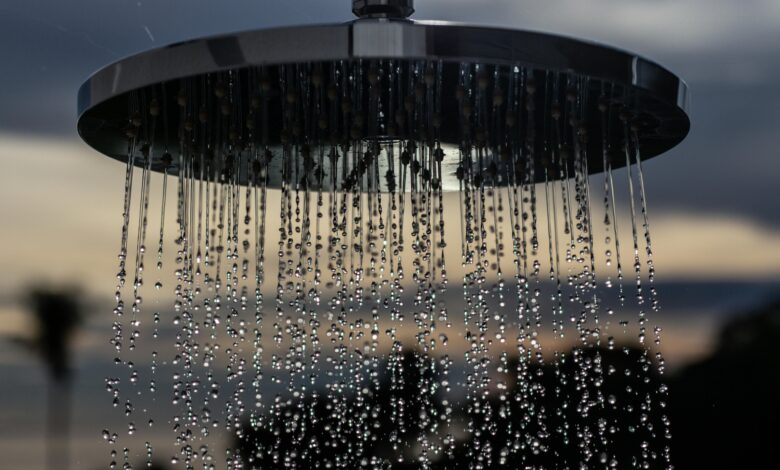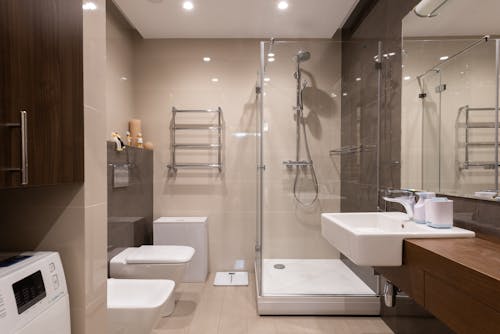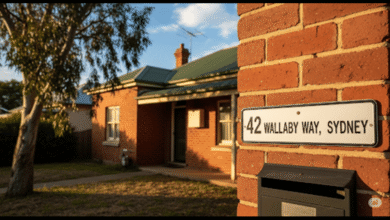Rain Shower: Elevate Your Bathroom with a Spa-Like Experience

Imagine stepping into your shower and being enveloped in a soothing cascade of water that mimics the feel of a gentle rainstorm. That’s the luxury of a rain shower—a modern bathroom trend that’s as functional as it is relaxing.
Whether you’re remodeling your bathroom, upgrading your fixtures, or simply curious about this stylish shower option, here’s everything you need to know about rain showers and why they’re worth considering.
What Is a Rain Shower?
A rain shower (also called a rainfall showerhead) is a type of showerhead designed to replicate the experience of standing in natural rainfall. Unlike traditional angled showerheads that spray water at an angle, rain showers usually have a larger, flat, and circular or square face that disperses water evenly in a straight-down direction.
Rain showers can be:
- Ceiling-mounted for a true “rainfall from above” experience
- Wall-mounted with an extended arm to position the water directly overhead
Benefits of a Rain Shower
🌧️ Spa-Like Relaxation
The soft, wide water flow creates a calming and luxurious experience that feels like a spa in your own home. It’s perfect for unwinding after a long day.
🚿 Modern Aesthetics
Rain showerheads look sleek and contemporary. Whether your style is minimalist or luxurious, they elevate the visual appeal of your bathroom.
💧 Even Water Coverage
Due to their wide surface area, rain showers provide a gentle, full-body rinse—no more adjusting to reach different parts of your body.
🔧 Easy to Install (in many cases)
Wall-mounted rain showers can often be installed without significant renovations, especially if you’re replacing an old showerhead.
Things to Consider Before Buying a Rain Shower

While rain showers are elegant and enjoyable, here are a few key considerations:
1. Water Pressure
Rain showerheads tend to have gentler water pressure. If you prefer strong, targeted streams (like in massage showerheads), a rain shower might not give you that intensity—unless you choose a high-pressure model.
2. Installation Type
- Ceiling-mounted units often require plumbing adjustments and professional installation.
- Wall-mounted rain showers are simpler to install and often available as part of dual shower systems.
3. Shower Size
Rain showers work best in larger showers where overhead space is sufficient. In smaller showers, ceiling-mounted models may feel cramped or spill water outside the area.
4. Material and Quality
Look for showerheads made from brass or stainless steel for long-lasting durability. Cheaper plastic models may degrade or discolor over time.
Popular Rain Shower Features
Today’s rain showers come packed with features:
- LED lighting for ambiance
- Thermostatic controls for consistent temperature
- Handheld attachments for added flexibility
- Multi-function settings to switch between rain, mist, and massage sprays
- Anti-lime and easy-clean nozzles to reduce mineral buildup
Installation: DIY or Professional?
If you’re just replacing a wall-mounted showerhead with a rain-style model, it can often be a DIY project with basic tools.
However, if you’re opting for:
- A ceiling-mounted rain shower
- Re-routing of plumbing lines
- A full shower system upgrade
…then hiring a licensed plumber or contractor is recommended for safe and proper installation.
Cleaning and Maintenance Tips
- Wipe down the surface regularly with a soft cloth to prevent water spots.
- Soak the nozzles in vinegar occasionally to remove mineral buildup (especially in hard water areas).
- Avoid harsh chemicals that can damage metal finishes.
FAQs About Rain Showers
Q1: Does a rain shower use more water?
A: Not necessarily. Many rain showerheads are designed to be water-efficient, using 2.0 GPM (gallons per minute) or less. However, the wider spread might make showers last longer for some users.
Q2: Can I install a rain shower in any bathroom?
A: Wall-mounted rain showers can be added to most bathrooms easily. Ceiling-mounted versions may need structural or plumbing changes, especially in older homes.
Q3: Is the water pressure lower in a rain shower?
A: Yes, the flow tends to feel softer and more gentle than a standard showerhead. If you want stronger pressure, look for a model designed for high-pressure performance.
Q4: Are rain showers good for everyday use?
A: Absolutely. They’re designed for daily comfort and relaxation, though if you like strong jets for sore muscles, you might want a dual system that includes a regular handheld or power showerhead.
Q5: How much does a rain shower cost?
A: Prices vary widely:
- Basic models start around $30–$50
- Mid-range options range from $100–$300
- Luxury systems with thermostats and LED features can go above $500
Q6: Can I get both a rain shower and a regular showerhead?
A: Yes! Many modern systems include dual-head setups that combine a rainfall shower with a handheld or angled head, giving you the best of both worlds.
Final Thoughts
A rain shower isn’t just about getting clean—it’s about transforming your shower into an experience. Whether you’re remodeling your space or just upgrading your hardware, a rainfall showerhead offers the perfect blend of relaxation, modern design, and gentle indulgence.
Ready to let it rain?




